Home>Home Appliances>Laundry Appliances>What Does Auto Sensing Mean On A Washing Machine
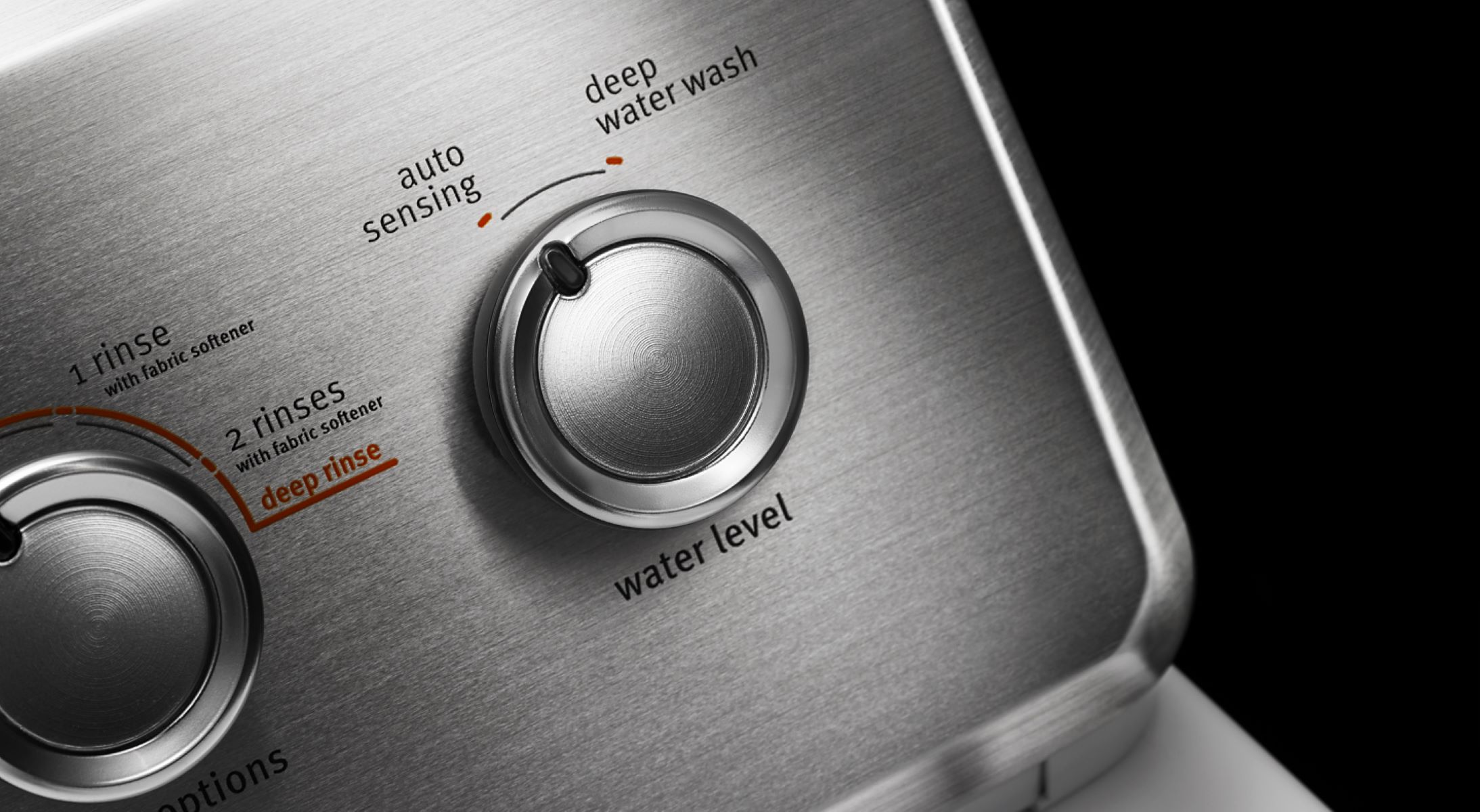

Laundry Appliances
What Does Auto Sensing Mean On A Washing Machine
Modified: March 21, 2024
Discover the meaning of auto sensing on a washing machine and how it simplifies laundry chores. Learn how this feature works and its benefits for laundry appliances.
(Many of the links in this article redirect to a specific reviewed product. Your purchase of these products through affiliate links helps to generate commission for Storables.com, at no extra cost. Learn more)
Introduction
When it comes to doing laundry, modern washing machines have revolutionized the way we clean our clothes. One of the innovative features that have become increasingly popular is auto sensing. This technology has transformed the laundry experience by offering a more efficient and convenient way to wash clothes. Understanding what auto sensing means on a washing machine and how it works can help you make the most of this advanced feature.
Auto sensing, also known as load sensing, is a smart technology integrated into many modern washing machines. It is designed to automatically determine the appropriate water level and wash cycle duration based on the size of the laundry load. This means that you no longer have to manually adjust the water level or cycle settings, as the machine does this for you. As a result, auto sensing simplifies the laundry process, saving you time and energy while ensuring optimal cleaning performance.
In the following sections, we will delve deeper into how auto sensing works, the benefits it offers, common issues that may arise, and tips for using this feature effectively. By the end of this article, you will have a comprehensive understanding of auto sensing and how it can elevate your laundry routine.
Key Takeaways:
- Auto sensing in washing machines adjusts water levels and cycles based on load size, saving time and energy while ensuring clothes are cleaned effectively. It’s like having a smart helper for laundry day!
- By distributing laundry evenly and understanding fabric-specific settings, users can maximize the benefits of auto sensing technology for efficient and gentle cleaning. It’s like giving your washing machine a little extra care for top-notch results!
Read more: What Does Auto Sensing Mean On A Washer
How Auto Sensing Works
Auto sensing operates on the principle of using advanced sensors to detect the size of the laundry load and adjust the water level and wash cycle accordingly. When you start a new laundry cycle, the washing machine's sensors spring into action, measuring the weight of the load and the level of water required to ensure thorough cleaning. These sensors can be pressure sensors, load sensors, or even infrared sensors, depending on the model of the washing machine.
Once the sensors have gathered the necessary data, the washing machine's control unit processes this information and determines the appropriate water level and wash cycle duration. This intelligent system ensures that the right amount of water is used for the specific load size, preventing wastage and promoting energy efficiency. By customizing the water level and cycle duration to suit the load, auto sensing helps to conserve resources and reduce water and energy consumption.
In addition to adjusting the water level, some washing machines with auto sensing technology also adapt the agitation and spin cycles based on the detected load size. This tailored approach to washing ensures that the clothes are cleaned effectively without being subjected to unnecessary wear and tear. As a result, auto sensing not only simplifies the laundry process but also helps to prolong the lifespan of your clothes by minimizing the stress placed on the fabric during washing.
Furthermore, auto sensing technology is often accompanied by digital displays or indicators that provide real-time feedback on the progress of the wash cycle. This allows users to monitor the machine's operation and stay informed about the status of the laundry load. The seamless integration of sensors, control units, and user interfaces in modern washing machines demonstrates how auto sensing has transformed the way we approach laundry, making the process more intuitive and efficient.
Overall, the intricate workings of auto sensing technology exemplify the marriage of innovation and practicality in modern appliances. By automating the adjustment of water levels, wash cycles, and other parameters, this feature simplifies the laundry process while promoting resource conservation and optimal cleaning performance.
Benefits of Auto Sensing
Auto sensing technology offers a myriad of benefits that significantly enhance the laundry experience. By automatically adjusting water levels and wash cycles based on the size of the load, this innovative feature streamlines the washing process and delivers tangible advantages to users. Here are the key benefits of auto sensing:
-
Efficient Resource Utilization: One of the primary benefits of auto sensing is its ability to optimize resource utilization. By accurately determining the required water level for each load, the technology minimizes water wastage, contributing to water conservation efforts. Additionally, the tailored wash cycles ensure that energy is used efficiently, resulting in reduced electricity consumption. This not only benefits the environment but also translates to cost savings for users in the long run.
-
Preservation of Fabric Quality: Auto sensing plays a crucial role in preserving the quality of clothing and other fabric items. By customizing the wash cycle based on the load size, the technology prevents over-agitation and excessive wear on the fabric. This gentle yet effective approach to washing helps extend the lifespan of clothes, ensuring that they retain their color, texture, and overall integrity over time. As a result, auto sensing contributes to maintaining the appearance and durability of garments, ultimately reducing the frequency of replacement due to premature wear and tear.
-
Time-Saving Convenience: The automation provided by auto sensing technology offers unparalleled convenience to users. With the need to manually adjust water levels and cycle settings eliminated, the washing process becomes more streamlined and less labor-intensive. Users can simply load the machine, select the desired wash cycle, and let the auto sensing feature take care of the rest. This time-saving aspect is particularly beneficial for individuals with busy schedules, as it allows them to efficiently tackle laundry tasks without the need for constant monitoring and adjustment.
-
Optimal Cleaning Performance: Another notable benefit of auto sensing is its contribution to optimal cleaning performance. By accurately determining the water level and cycle duration for each load, the technology ensures that clothes are thoroughly cleaned without being under- or over-exposed to water and detergent. This tailored approach to washing results in consistently high cleaning standards, effectively removing dirt, stains, and odors from various types of fabric. As a result, users can have confidence in the washing machine's ability to deliver exceptional cleaning results with minimal effort on their part.
In summary, the benefits of auto sensing technology encompass resource conservation, fabric preservation, time-saving convenience, and optimal cleaning performance. By seamlessly integrating these advantages into the laundry routine, auto sensing enhances the overall efficiency and effectiveness of washing machines, offering a compelling value proposition to users.
Auto sensing on a washing machine means it can detect the size of the load and adjust the water level and wash time accordingly. This helps save water and energy.
Common Issues with Auto Sensing
While auto sensing technology offers numerous benefits, it is important to acknowledge that, like any advanced feature, it may encounter certain issues. Understanding these common issues can help users troubleshoot and optimize their experience with auto sensing. Here are some potential challenges associated with this technology:
-
Inaccurate Load Detection: One of the primary issues that users may encounter with auto sensing is inaccurate load detection. In some cases, the sensors may fail to accurately measure the size of the laundry load, leading to incorrect adjustments in water levels and wash cycles. This can result in underfilling or overfilling the washing machine, impacting the cleaning performance and potentially causing inconvenience for users.
-
Sensitivity to Load Distribution: Auto sensing technology relies on the distribution of the laundry load within the machine. Uneven distribution of clothes, particularly bulky or heavy items, can affect the accuracy of the sensors. This may lead to suboptimal adjustments in water levels and agitation, potentially impacting the overall cleaning effectiveness and requiring users to redistribute the load manually.
-
Limited Compatibility with Certain Fabrics: Some users have reported issues with auto sensing technology when washing specific types of fabric, such as delicate or lightweight items. The technology's predefined algorithms may not always cater to the unique requirements of these fabrics, potentially leading to inadequate water levels or agitation settings. As a result, users may need to exercise caution and consider alternative settings for such items.
-
Sensor Malfunctions: As with any electronic component, the sensors responsible for auto sensing may experience malfunctions over time. This can manifest as inaccurate readings, failure to detect the laundry load, or irregular adjustments in water levels. While such malfunctions are relatively rare, they can disrupt the seamless operation of the auto sensing feature and require professional intervention to rectify.
-
User Interface Complexity: Some users may find the user interface associated with auto sensing to be complex or challenging to navigate. This can lead to confusion regarding the selection of appropriate wash cycles or the monitoring of auto sensing adjustments. As a result, users may not fully leverage the benefits of this technology, impacting their overall laundry experience.
It is important to note that while these issues may arise, manufacturers continually strive to improve and refine auto sensing technology to minimize such challenges. Additionally, users can mitigate these issues by familiarizing themselves with their specific washing machine's capabilities, understanding the optimal loading practices, and seeking assistance from customer support or professional technicians when necessary. By addressing these common issues, users can maximize the benefits of auto sensing and enjoy a more efficient and effective laundry experience.
Tips for Using Auto Sensing Effectively
To make the most of auto sensing technology in your washing machine, consider the following tips to ensure optimal performance and efficiency:
-
Balanced Load Distribution: Properly distribute the laundry load within the washing machine to facilitate accurate load detection by the sensors. Avoid overloading one side of the drum or placing heavy items predominantly on one area, as this can affect the precision of the auto sensing feature. By evenly distributing the load, you can enhance the machine's ability to adjust water levels and wash cycles effectively.
-
Mixed Load Considerations: When washing a mixed load comprising different fabric types and weights, be mindful of the auto sensing adjustments. Heavier items, such as towels or jeans, may prompt the machine to increase the water level and agitation, while lighter garments may require gentler settings. Understanding how the auto sensing feature responds to mixed loads can help you achieve thorough cleaning without compromising fabric care.
-
Regular Maintenance: Keep the washing machine well-maintained to ensure the optimal functioning of the auto sensing technology. This includes cleaning the sensors and ensuring that they are free from debris or obstructions. Additionally, follow the manufacturer's guidelines for routine maintenance, such as descaling the machine and inspecting the sensor components, to uphold the accuracy of the auto sensing feature.
-
Fabric-Specific Settings: For delicate or specialized fabrics that may not align perfectly with the default auto sensing algorithms, consider utilizing fabric-specific settings if available. Many modern washing machines offer tailored cycles for delicate, wool, or quick wash options, allowing you to override the auto sensing feature when necessary. This ensures that the unique requirements of certain fabrics are met without compromising cleaning performance.
-
Monitoring and Adjustment: While auto sensing automates the majority of the washing process, it is beneficial to monitor the initial water level and cycle adjustments. Observing the machine's operation during the first few minutes of the cycle can provide insights into how the auto sensing feature responds to the specific load. If necessary, you can manually adjust the settings to fine-tune the process for optimal cleaning results.
By implementing these tips, you can harness the full potential of auto sensing technology in your washing machine, ensuring efficient resource utilization, fabric preservation, and exceptional cleaning performance with minimal intervention. Incorporating these best practices into your laundry routine can elevate the overall effectiveness and convenience of using auto sensing, enhancing your experience with modern laundry appliances.
Read more: What Does Delicate Mean On A Washer
Conclusion
In conclusion, the integration of auto sensing technology in modern washing machines represents a significant advancement that has redefined the laundry experience. By automating the adjustment of water levels, wash cycles, and other parameters based on the size of the laundry load, this feature offers a host of benefits that cater to the evolving needs of users.
The seamless operation of auto sensing not only streamlines the washing process but also contributes to efficient resource utilization, fabric preservation, and optimal cleaning performance. Through its ability to accurately determine the required water level for each load, the technology promotes water conservation and energy efficiency, aligning with sustainable practices and cost-effective usage.
Furthermore, the tailored approach to wash cycles ensures that clothes are cleaned effectively without being subjected to unnecessary wear and tear, thereby extending the lifespan of garments and reducing the frequency of replacements. This fabric-friendly aspect of auto sensing underscores its role in preserving the quality and appearance of clothing, aligning with the desire for long-lasting and well-maintained apparel.
The time-saving convenience offered by auto sensing is particularly valuable in today's fast-paced lifestyles, allowing users to efficiently manage laundry tasks without the need for constant monitoring and adjustment. This hands-free approach to washing empowers individuals to allocate their time and attention to other priorities, enhancing overall productivity and convenience.
While certain issues such as inaccurate load detection and sensitivity to load distribution may arise, users can navigate these challenges by adopting best practices and leveraging the guidance provided by manufacturers. By understanding the nuances of auto sensing and implementing strategies to optimize its performance, users can maximize the benefits of this technology and elevate their laundry routine.
In essence, the incorporation of auto sensing technology in washing machines represents a harmonious blend of innovation, efficiency, and user-centric design. As this feature continues to evolve and improve, it holds the potential to further enhance the sustainability, convenience, and effectiveness of laundry appliances, offering a compelling value proposition to users seeking a modern and intuitive approach to laundry care.
Frequently Asked Questions about What Does Auto Sensing Mean On A Washing Machine
Was this page helpful?
At Storables.com, we guarantee accurate and reliable information. Our content, validated by Expert Board Contributors, is crafted following stringent Editorial Policies. We're committed to providing you with well-researched, expert-backed insights for all your informational needs.
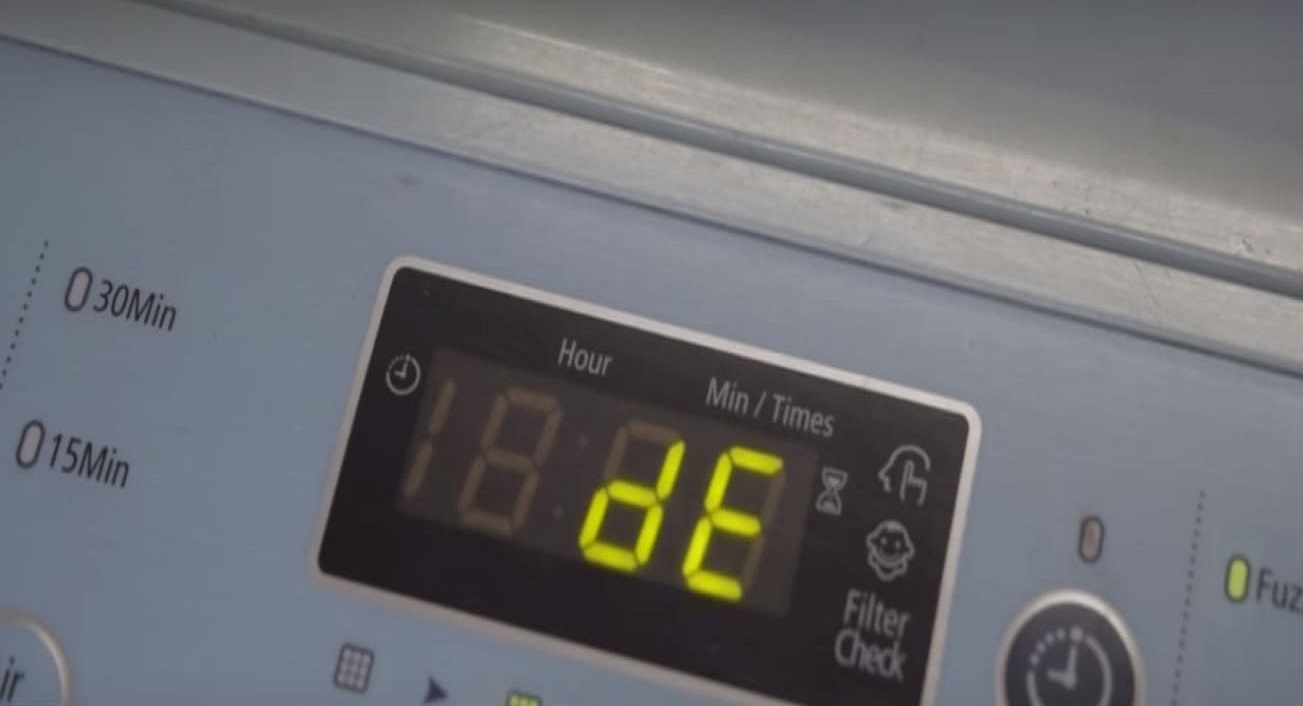

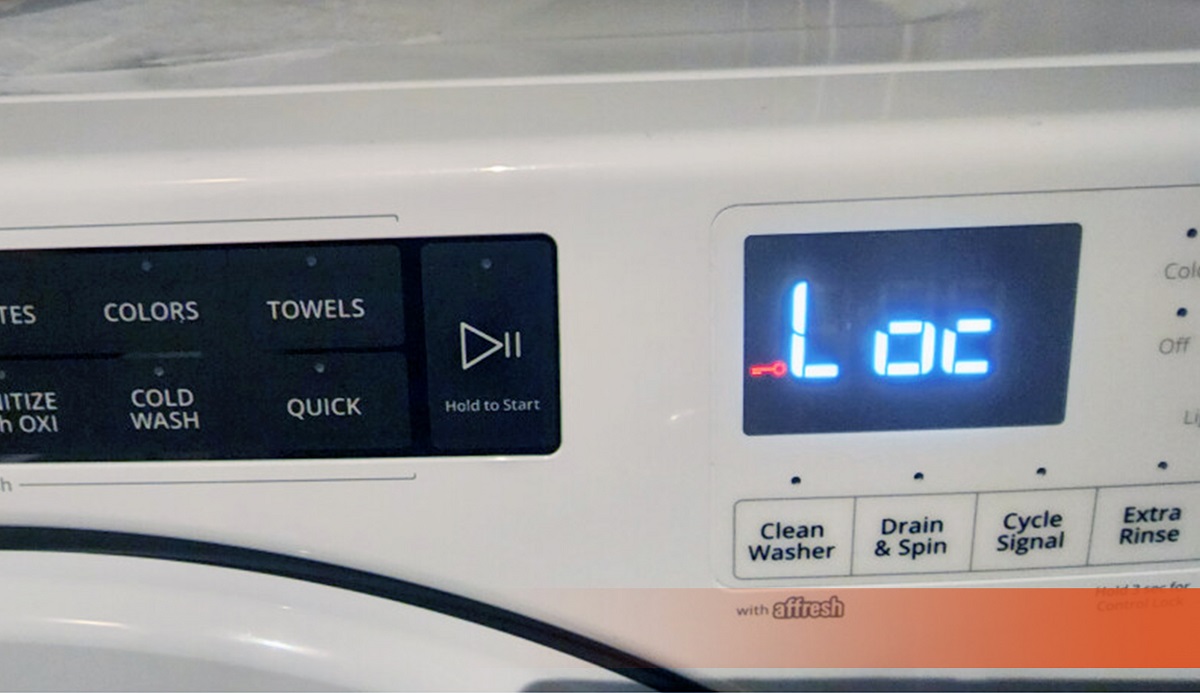

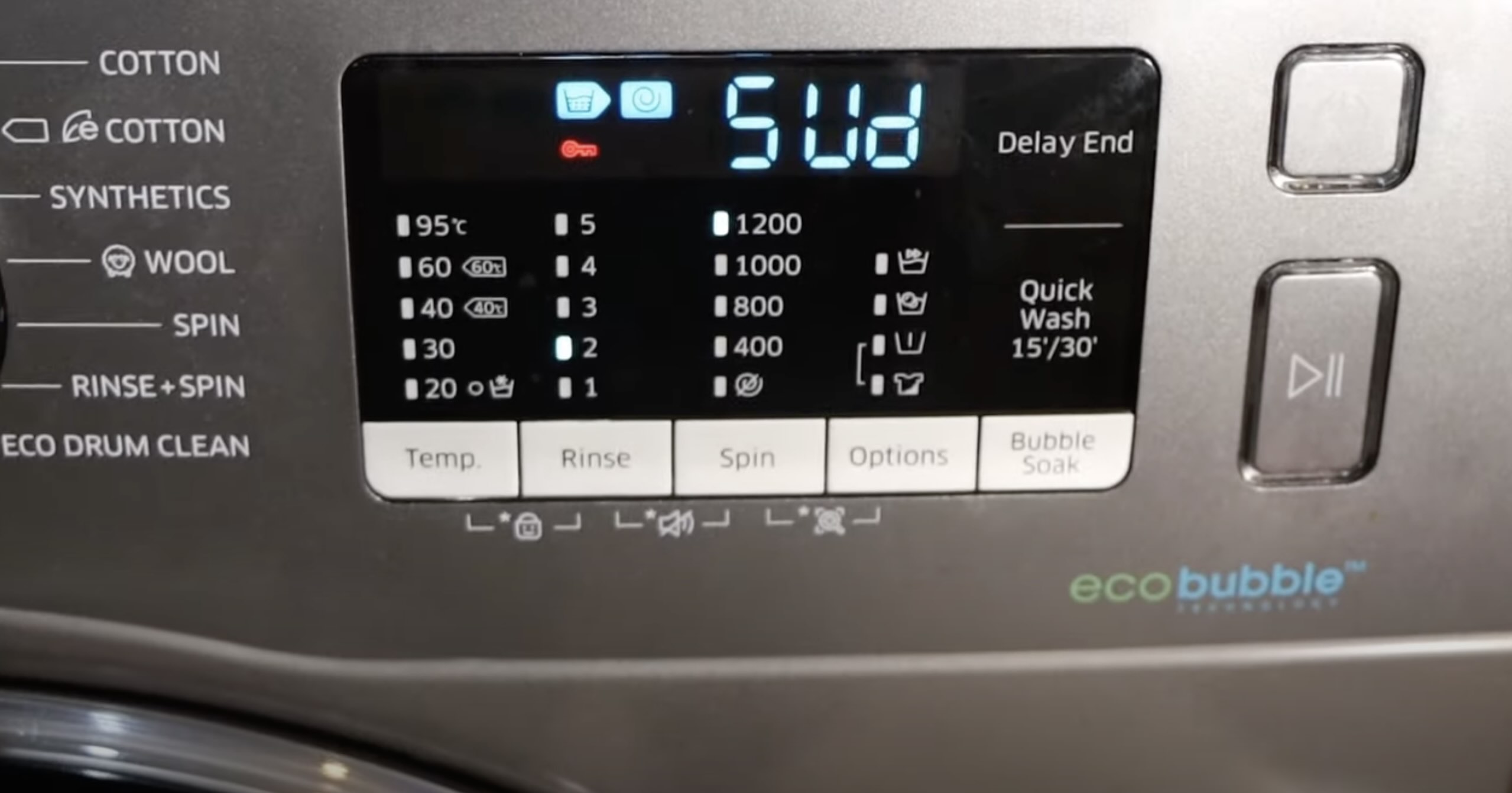
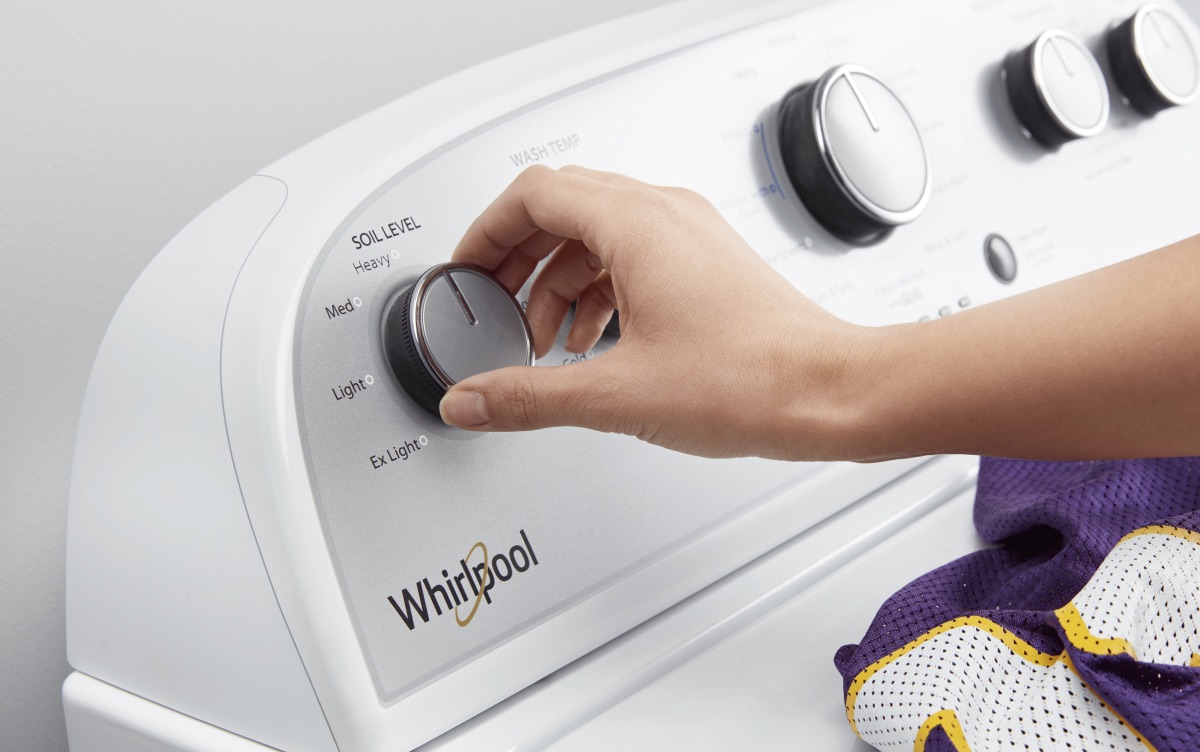
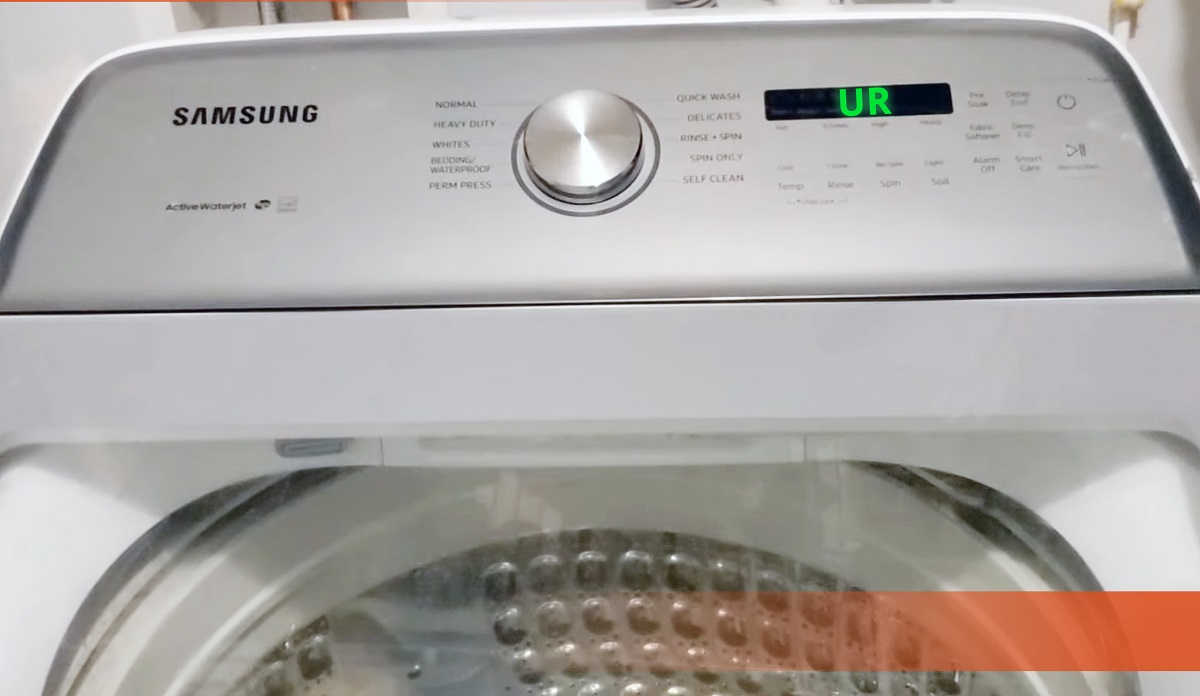
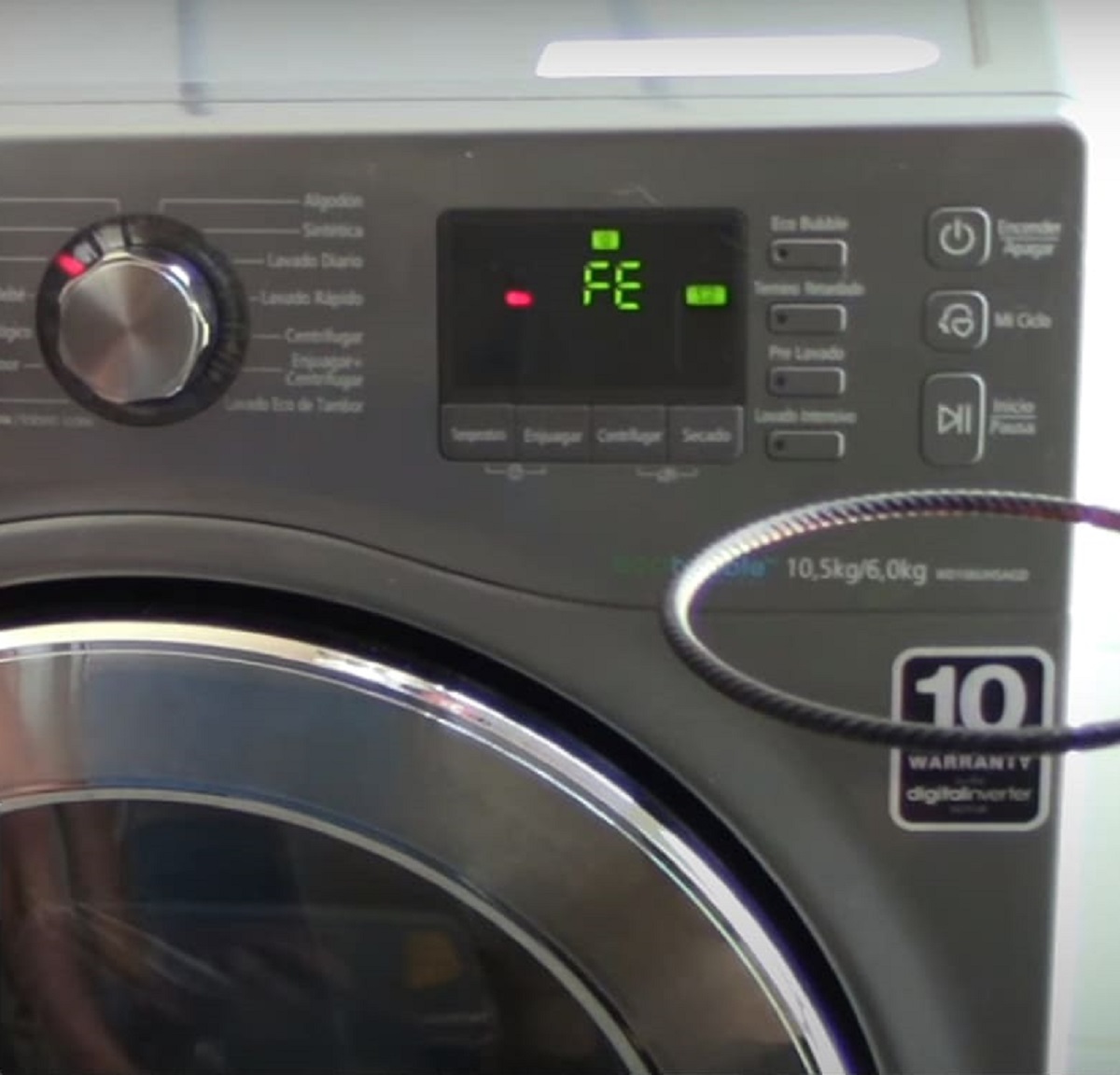
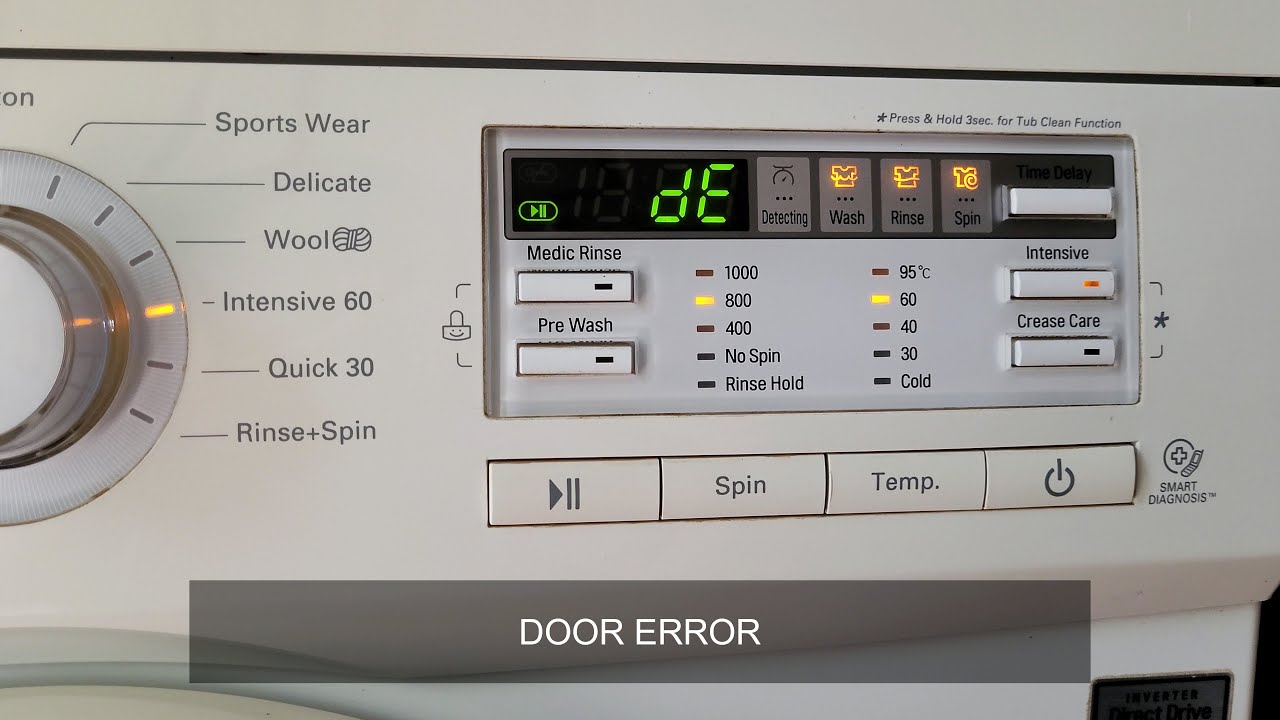

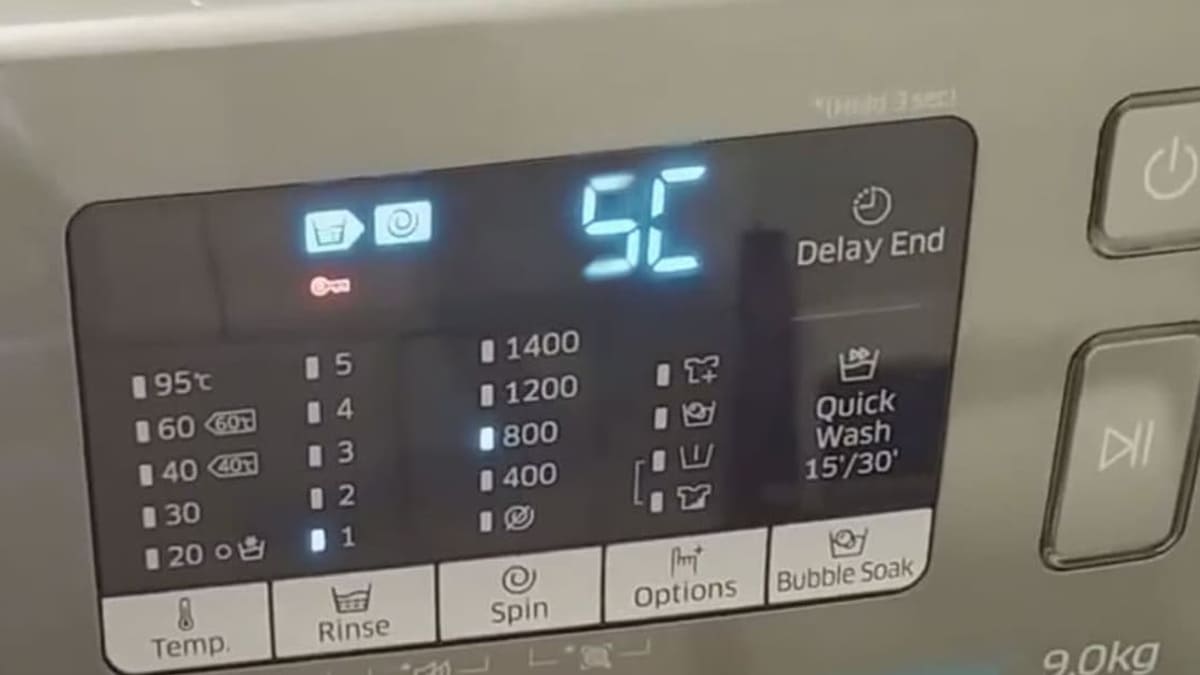
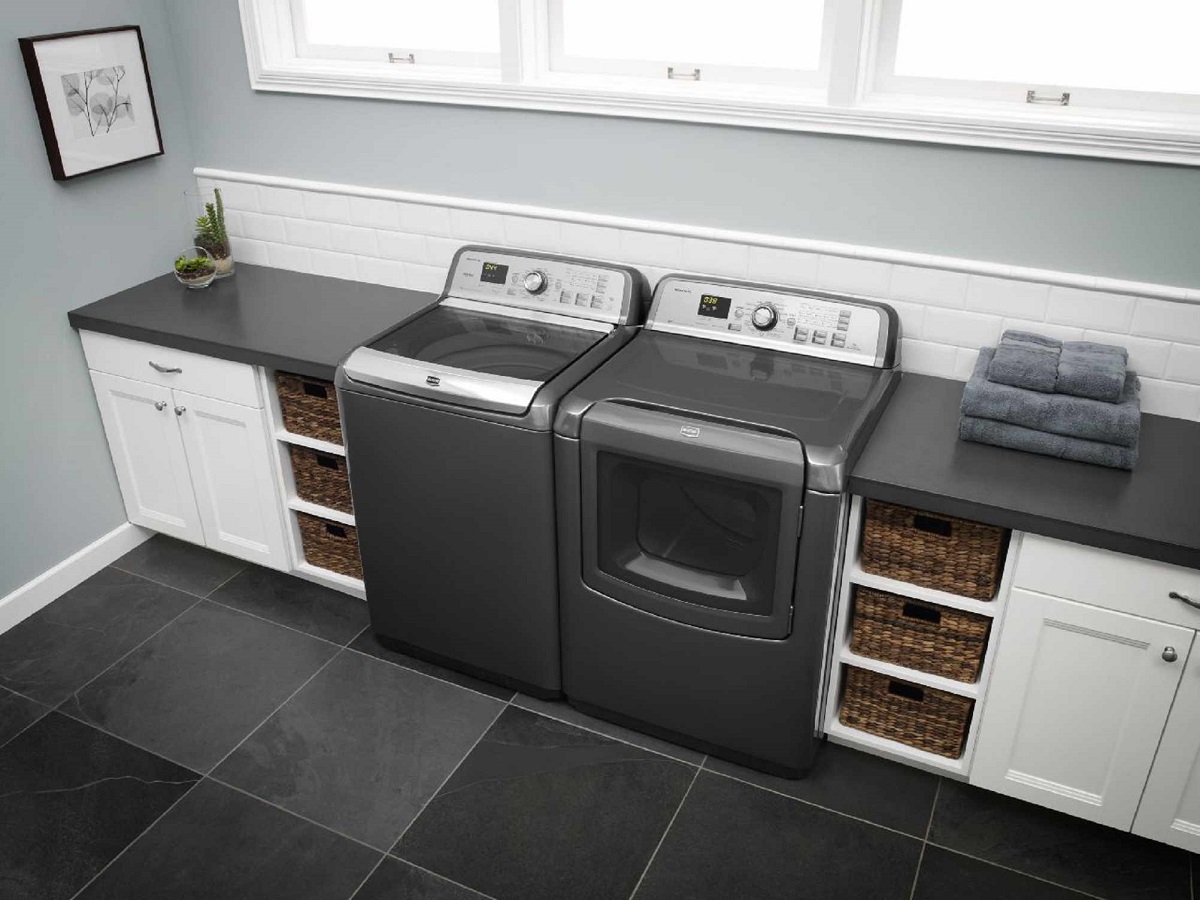



0 thoughts on “What Does Auto Sensing Mean On A Washing Machine”